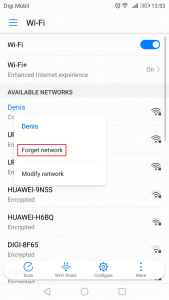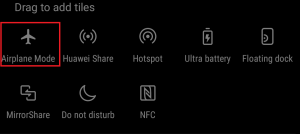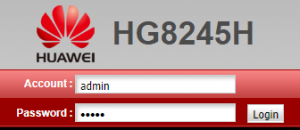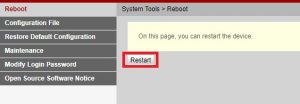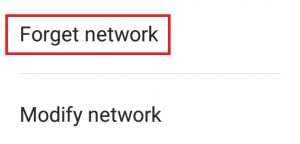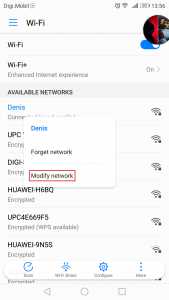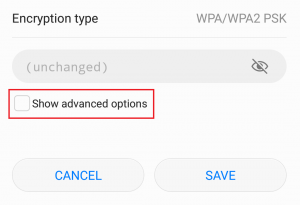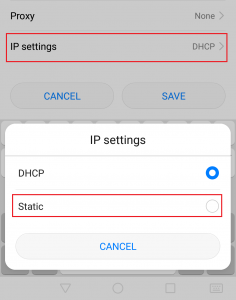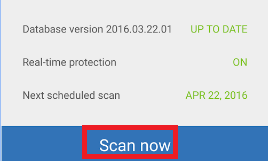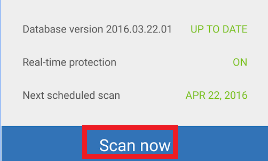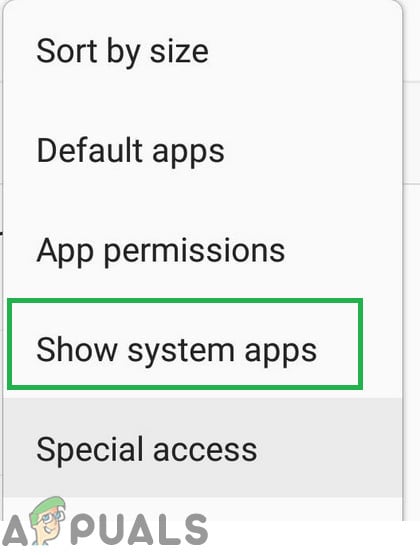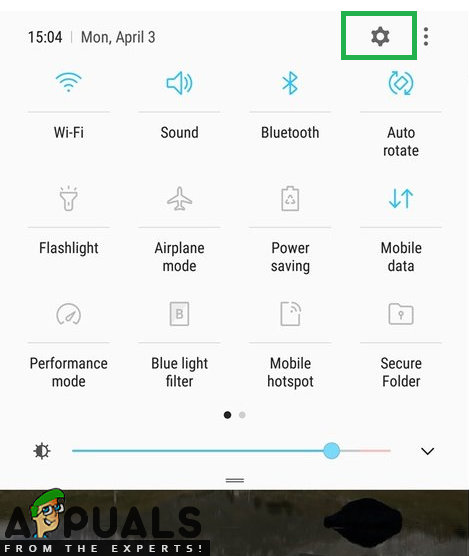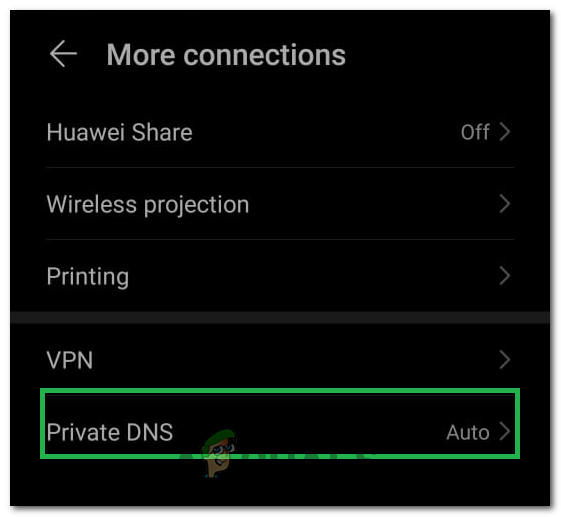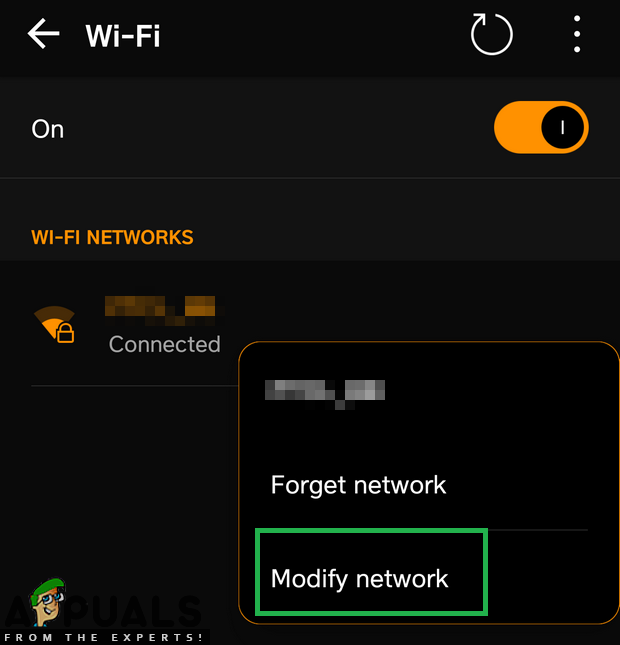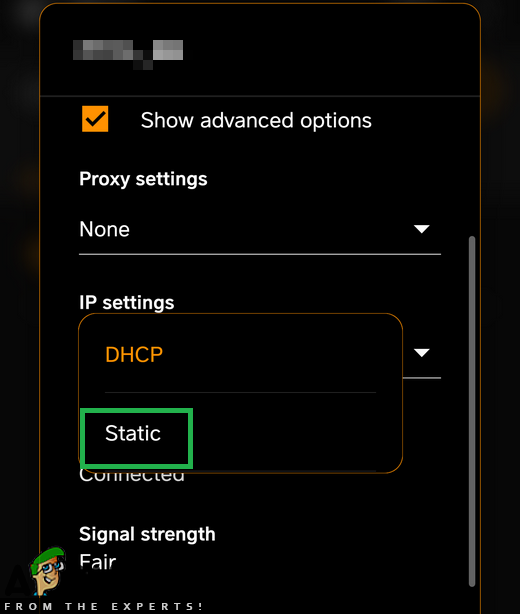A lot of Android users have reported that their devices fail to obtain the IP address when trying to connect to a WI-FI network or a hotspot. Even more, the issue is not restricted to a certain manufacturer, and it seems all versions of Android are vulnerable to this error. It usually goes like this: you turn on your WI-FI, try to connect to a Wi-Fi/hotspot and after you insert the password you’ll see a message like “Connecting…” or “Obtaining Ip address” or “Obtaining IP address from Your Network. The problem is, it goes on in a loop for a while until it displays a message that says “Failed to obtain IP address“. The end result is you won’t be able to connect to the internet. Some users have this problem with only one WI-FI network while others can’t connect to any networks or hotspots. The bad thing is, the problem can originate from a lot of different places. Here are some potential culprits:
a wireless interferencea router glitchfaulty wireless security settingsblack-list settings in the MAC addressa software conflict
If you are unfortunate enough to have this problem, don’t worry. We have prepared a master guide with the most effective solutions for the “failed to obtain IP address” error. Go through all of them in order until you find a fix that works for you.
Method 1: Removing and re-adding the network
Sometimes, fixing this issue is as easy as removing the network from your device before adding it again. This will force the router to automatically reconfigure some settings and assign you a new IP address. Here’s how:
Method 2: Setting the phone to airplane mode
This fix will end up working most of the time, but it will only be temporary. The science behind it is similar to method one. By turning on flight mode, you’re forcing the router to reconfigure the network settings.
Method 3: Rebooting your Android device and router
Of course, this is only applicable to your home networks. If you can connect to a local cafe bar Wi-FI, you can’t expect them to reboot the network just for you. If you’re at home and the issue is caused by a software conflict in your phone or a rooted glitch, rebooting both might solve the problem for good. Most routers have a web-based configuration that you can access via your web browser as long as you’re on the same local network as the router. The router’s default IP address (default gateway) is used to connect to the web configuration of your router. Follow the steps below to reboot both your android device and your local router:
Method 4: Setting the WPA2 – PSK
Some Android devices don’t play well with some WPA encryption methods. Will some have trouble with the AES encryption, others glitch out when the router is set to TKIP. Here’s how to switch between them:
Method 5: Turning OFF the MAC filter
If the method above didn’t help you, your router might refuse to allow your Android device based on the MAC address. If the MAC filter is ON and your Android device is not in the white list, you’ll be stuck with the error “obtaining IP address“. There’s also the possibility that your Android device has managed to find itself on the blacklist – Android can be affected by a virus that does that. In any case, this can be fixed by accessing your router settings and ensuring that your Android device is not affected by the MAC filtering. You can also try to look up and change your MAC Address. For the sake of simplifying the steps, I’m going to show how to deactivate MAC filtering first, so you can pinpoint if that’s the cause of your issue. Here’s how:
Method 6: Assigning a static IP address
If the solutions above haven’t yielded any results, let’s try assigning a static IP address. If your device cannot obtain the IP address automatically, you can assign one manually. But keep in mind that this fix is also temporary, and it will require you to reconfigure the network settings whenever you switch Wi-Fi networks, turn your WI-FI off or restart your Android device.
Method 7: Performing a malware wipe
If you’ve followed all the methods above but nothing changed, this might be the result of malware interference. Malware capable of doing can easily find its way on your Android device, but there’s also the possibility that the virus found its way inside your router. Some trojans are capable of avoiding a factory reset, so it’s best to scan your device before doing this. Here’s what you need to do:
Method 8: Clearing Google Play Services cache
It is possible that the Google Play Services application on your computer has acquired some corrupted cache due to which this issue is being triggered while trying to connect to the network. Therefore, in this step, we will be navigating through the storage settings of the mobile and clear the cache manually. In order to do that:
Method 9: Changing Device Name
It is possible that the Device name that you have set for your mobile phone has been blocked or blacklisted from the router due to which this connection issue is being triggered while trying to connect. Therefore, in this step, we will be changing our mobile’s name and then check if the issue is fixed by doing so. For that:
Method 10: Disable Private DNS Mode
In some cases, the Private DNS mode on your mobile phone might be the reason due to which this error is being triggered. If the mode has been enabled on your mobile but you haven’t properly configured its settings, the error message will be seen while trying to connect to a Wifi network. Therefore, in this step, we will be turning this feature off. For that:
Method 11: Defining Settings
It is possible that sometimes your mobile phone might not be able to automatically detect the appropriate settings for the Wifi connection due to which this issue is being triggered while trying to connect to the network. Therefore, in this step, we will be entering these ourselves to fix this issue. In order to do that:
Fix: Contact the administrator to obtain permissionSOLVED: Contact the administrator to obtain permissionHow to Manage and Request IP Address Requests in IP Address ManagerHow to Scan your Local and Remote Subnets for MAC address, DNS, Network Card…
